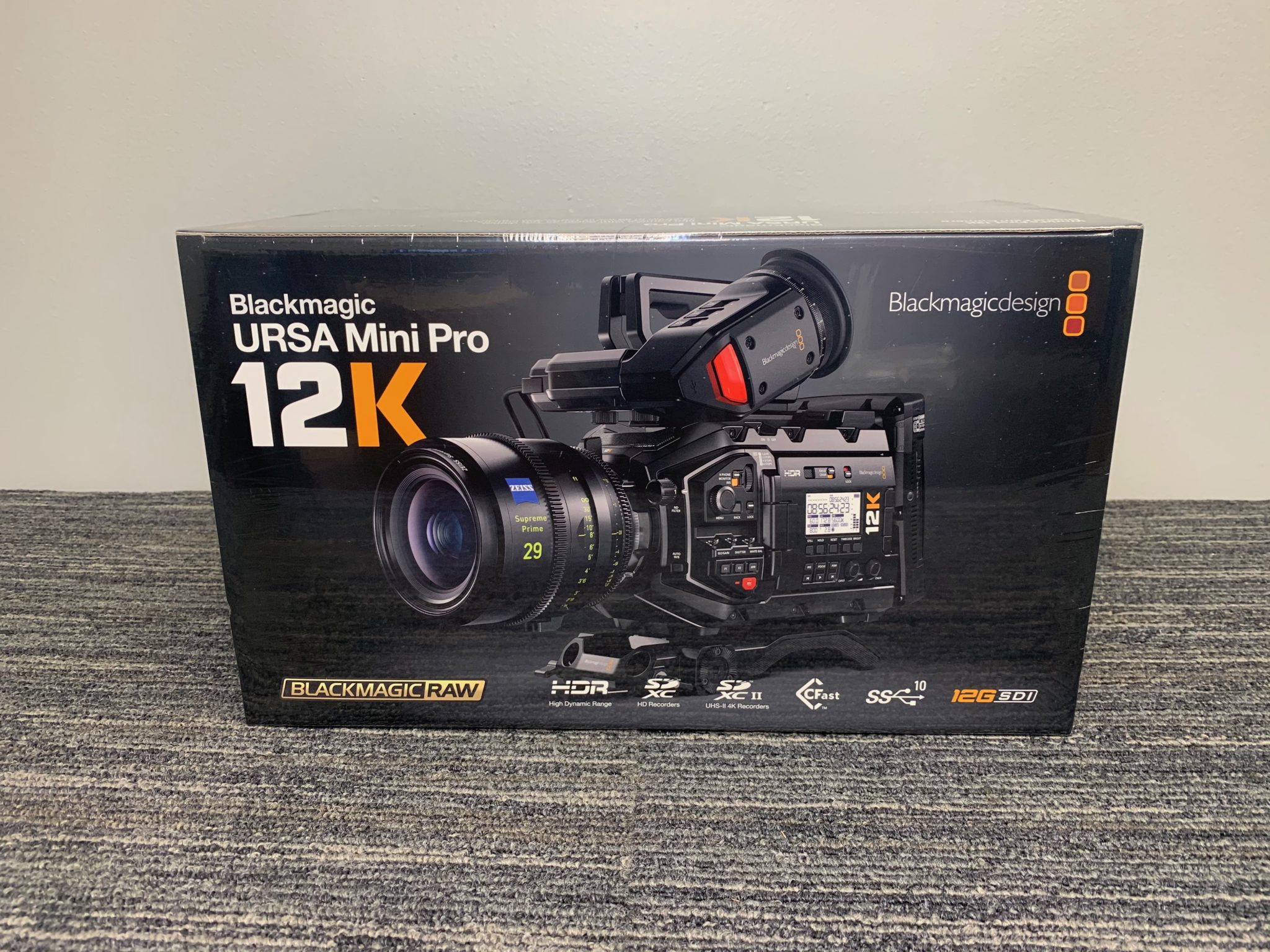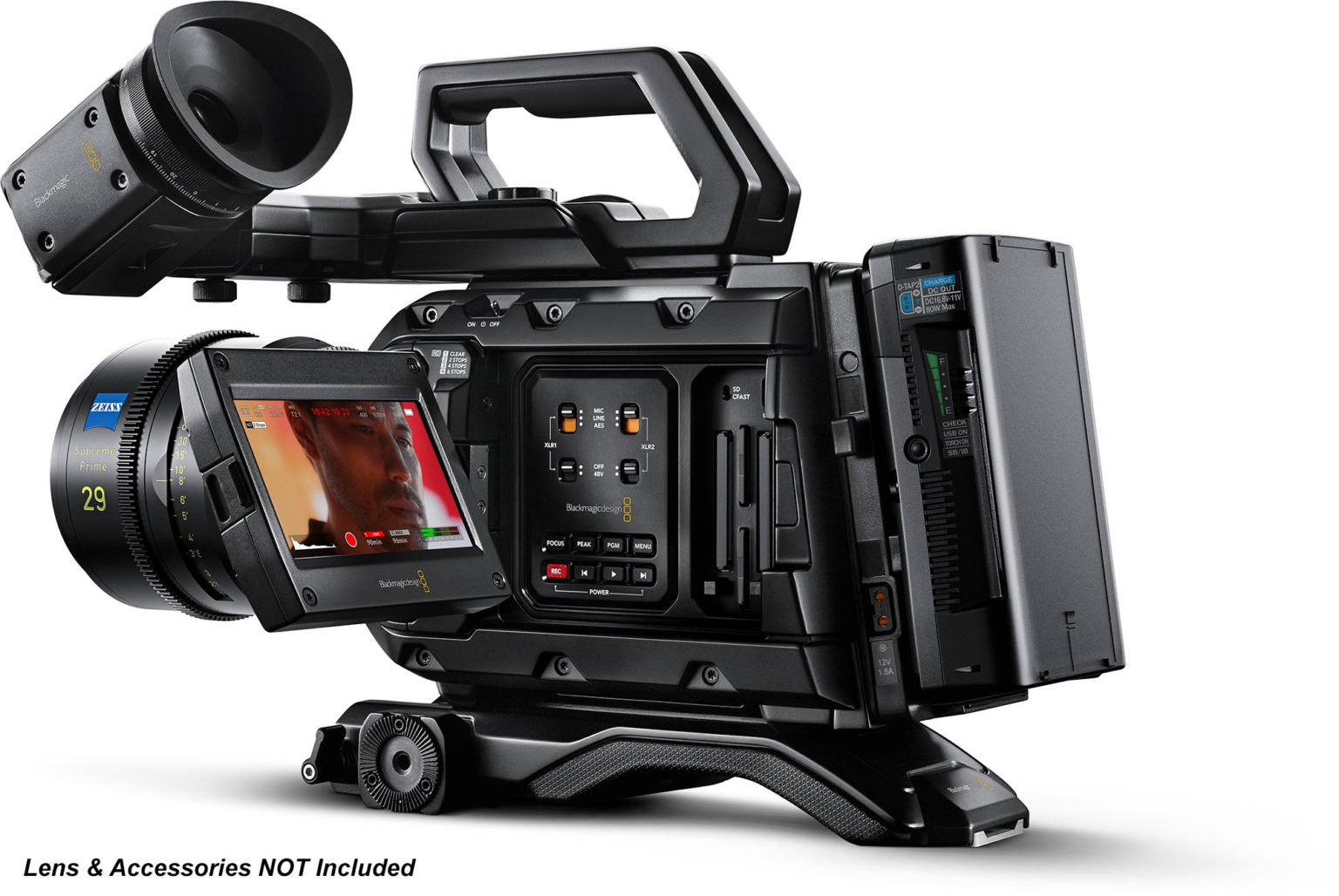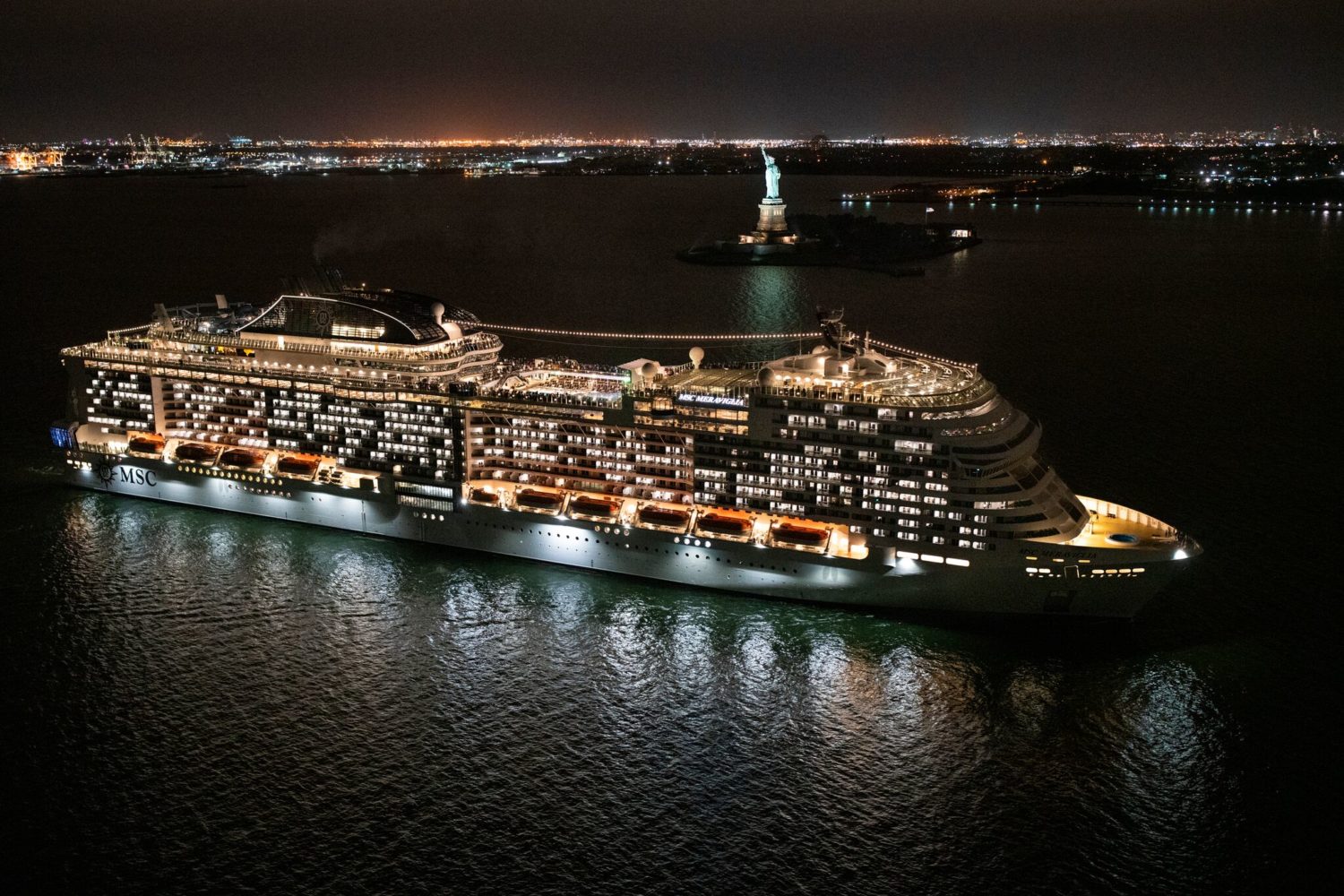Table Of Content

OpenDrives, a leader in software-defined media workflow solutions, received some well-deserved recognition this year. Its newly unveiled Atlas software-defined storage platform and business model won the NAB 2024 Show Award for Product of the Year in the Connect Category - Cloud Computing and Storage. Atlas offers a revolutionary composable storage model, priced based on capabilities rather than capacity, giving creators advanced options. With similar goals to its standalone Ninja monitors/recorders, the Phone Ninja connects a camera's HDMI out to a compatible iPhone for live view, recording, live streaming and file transfer.
Powerful color panel gives you all the control you need to create cinematic images!
Lastly, when the URSA Viewfinder is included, they both cost the same price. Because they are so similar, we wanted to do more than just compare their stats. We put them side by side to see how they hold up to each other in features and performance. A drawback to the innovation from this camera is it only captures in Blackmagic BRAW for all resolutions and framerates. However, because of this, the files are 12K in 12-bit RAW. With the release of Davinci Resolve 17 and Blackmagic RAW viewer, we opened and manipulated the footage in Premiere as well.
Storage Options
My first impression was that the switch system might pose a liability as it might be easy to accidentally bump the switches and make unintended changes while shooting. So I like to idiot-proof my cameras to protect myself from, well, me. I did actually accidentally hit the on-off switch once while I was working with the URSA Mini Pro 12K. But thankfully this only happened one time and didn’t prove to be nearly the issue I thought it could be over the course of my weeks with the unit. The convenience of having access to all my settings without going into the menu far outweighed the odds that I would accidentally flip a switch. But there are a few specific requirements that I have that I wanted to see if the URSA Mini Pro 12K could solve.
Blackmagic Ursa Mini Pro 12K review
The advanced design of the sensor and Blackmagic RAW means that you can work in any resolution in post production instantly, without rendering, while retaining the full sensor’s color accuracy. URSA Mini Pro 12K’s extreme resolution goes well beyond traditional motion picture film! You get the benefits of shooting with film including incredible detail, wide dynamic range and rich, deep color. Perfect for feature films, episodic television and immersive, large format IMAX.
High Resolution Viewfinder for Accurate Focus
A few weeks ago in Japan, we had the opportunity to interview the team at Ricoh behind the new Pentax film camera that's expected to arrive later this year. Find out why the designers settled on a half-frame design that favors a vertical format, what inspired the optics, and the added complexity of including a manual film-winding mechanism. 12k is satisfactory, I prefer 16k or the industry standard 24k. I like films shot in 32k or 64k as they provide slightly more detail in the tonal rendering. But if you really want to be a pro you should consider shooting at 64k as you don’t want your films to look old in 5 years. Or you can just buy the best and shoot in Elite Film Standard 128k.
Music Festivals Use Blackmagic Design's URSA Mini Pro 12K - Live Design
Music Festivals Use Blackmagic Design's URSA Mini Pro 12K.
Posted: Wed, 13 Apr 2022 07:00:00 GMT [source]

And like all professional cinema cameras, there are lots of external buttons to access many of the main settings, or you can dive into the menus. Shooting RAW in 12K preserves the deepest control of detail, exposure and color during post. Oversampling means you get extremely sharp 8K without harsh edges.
New Videohub 120x120 12G
When comparing the two next to each other, the difference was in the shadows. The URSA Mini 4K had significant fixed pattern noise while the URSA Mini Pro 4.6K did not. We were able to pull detail on the URSA Mini Pro 4.6K from dark shadowed areas without adding significant noise to the picture. The 4K model didn’t fair as well; it just got worse where there was already noise.
Blackmagic Ursa Mini Pro 12K review - Digital Camera World
Blackmagic Ursa Mini Pro 12K review.
Posted: Sun, 08 May 2022 07:00:00 GMT [source]
If it wasn’t that bright, the limited articulation of the monitor leaves you wanting. The camera has all of the controls you want right at your fingertips. From audio control to ISO, Shutter speed and white balance. This is no different than the URSA Mini Pro G2 that came before it. It’s nice having all of the key controls ready when you need them instead of digging into a menu to find them. The switches, knobs and dials feel hefty and function well.
Image Quality
“Bear” is a fitting name for the beast that is Blackmagic Design’s Ursa Mini Pro 4.6K G2, the company’s flagship cinema camera. Where other such machines appear terrifying in their complexity, the Ursa is docile. I’ve never been so dumbfounded by how easy a camera makes professional-caliber shots. The URSA Mini Pro 12K also has the ability to grab a single still frame.
• A new flagship cinema camera - the Blackmagic URSA Cine 12K. This has been built from the ground up with a new full-frame sensor offering 16-stops of dynamic range, and offers much more adaptability than has been possible with previous Ursa model. It uses an Arri PL mount - but ships with a Canon EF mount if that's what you prefer. What’s more, the Ursa Mini Pro has swappable lens mounts. In addition to the active Canon EF mount, you can go with PL (the cinema camera standard), B4 for broadcast lenses, or even a passive Nikon F mount. That last one opens the Ursa up to a legacy of photographic lenses going back decades.
Same for the upcoming A7SIII.Blackmagic makes video cameras - not hybrid photo cameras. If you are talking about still shooters willing to try out 8K for boasting rights, then the R5 is great, no doubt. If you are talking about a production tool, then the equation changes dramatically. The interesting thing is most of the nice Cine DP work I see is shot with Alexa LF and at time with detunned lenses. This explains why we almost never see stills cameras that don't also try to have a strong video game, and why we even see some that are geared more toward video than stills. The market for stills-only is small, and the budgets are much smaller.
Similar to stills where I use more megapixels for shots requiring added detail or heavy adjustments in post, the added video resolution of the URSA Mini Pro 12K provides you with additional options. At 12K resolution, if your deliverable is only 4K or 1080, you can literally crop into only a small fraction of the frame and still maintain a sharp image. Well, whether or not the 12K is necessary is completely subject to the details of your own workflow.

The Blackmagic Design URSA Mini Pro 4.6k is a update to the URSA Mini 4.6k. Additional features like ND filters and external controls have been added. However, Blackmagic has an intuitive menu that’s easy to read and understand. It’s great to have lots of options, but along with that comes complexity.
Its likely you will order the camera with the lens mount you need, but if you need to change it, there are three options. Pick from the PL mount for 245 dollars, the F mount for 375 dollars and lastly, if you need a Mini B4 mount, it will set you back 385 dollars. The URSA Mini Pro 4.6K ships with the EF mount, but if you need a replacement, an EF mount can be purchased for 175 dollars. The crop factor of a super 35 image sensor is 1.5x, double that to 3x for super 16. That means that in super 16, the image sensor area used is smaller than micro four thirds.
With a solid build, innovative capture and specs, the Blackmagic URSA Mini Pro 12K is a beast. Lastly, we have the camera that offers the best comparison in function, the Sony FX9. It has all of the exterior controls and inputs to be ready to shoot out of the box, just like the URSA Mini Pro 12K. The Sony doesn’t capture internal RAW at all, but outputs it up to 16-bit, only in 4K.







